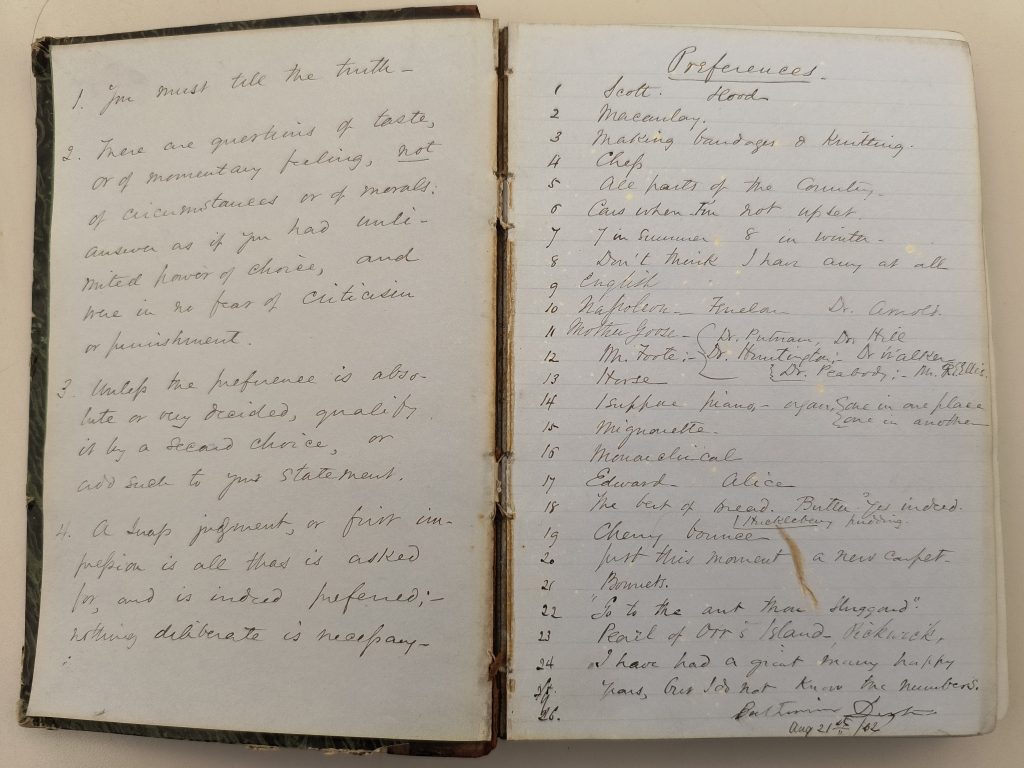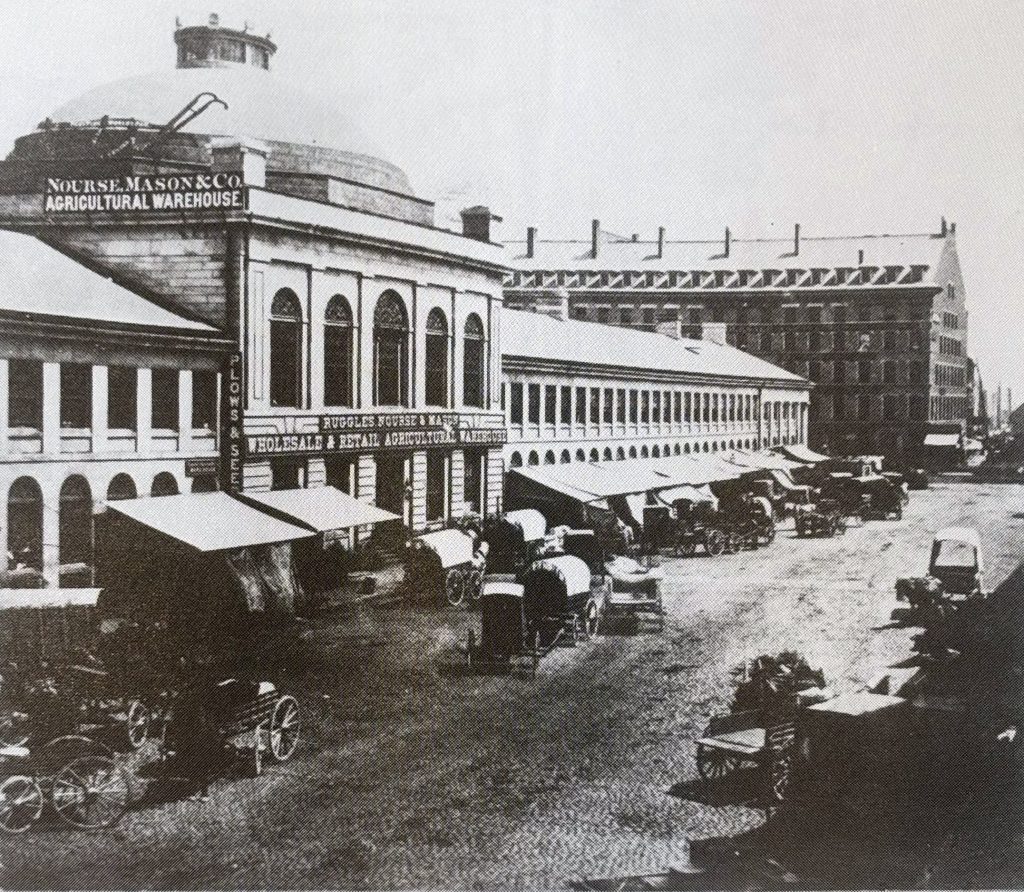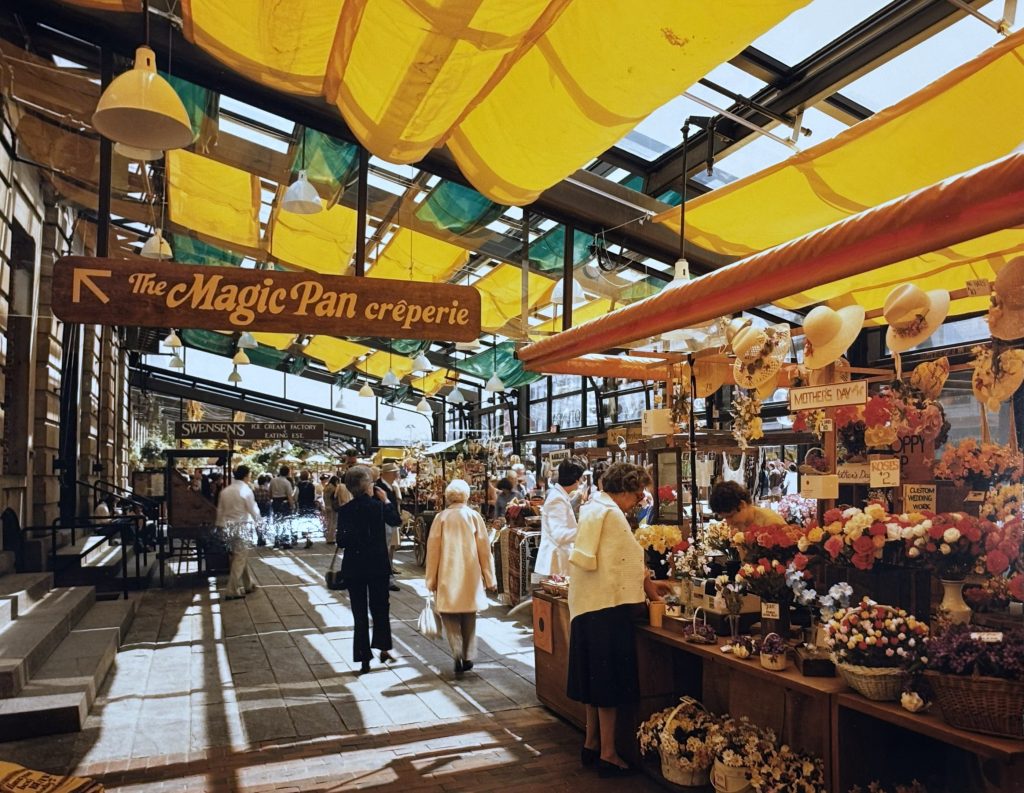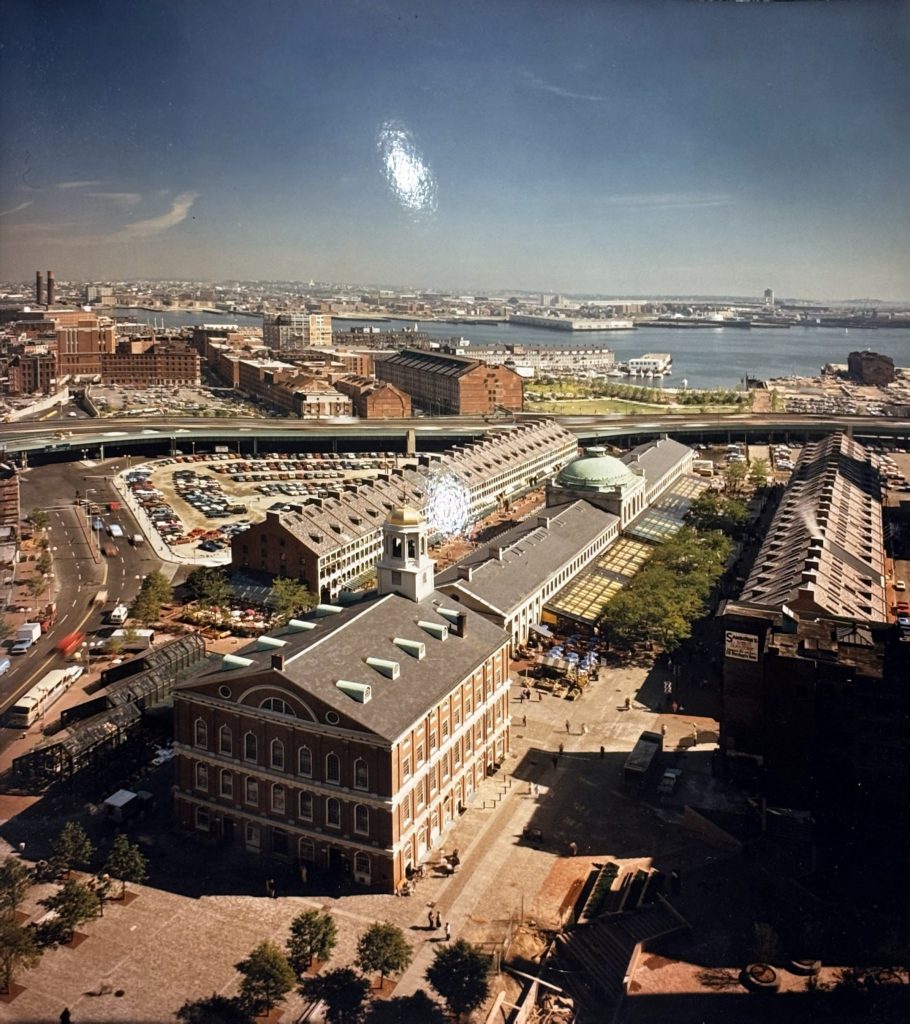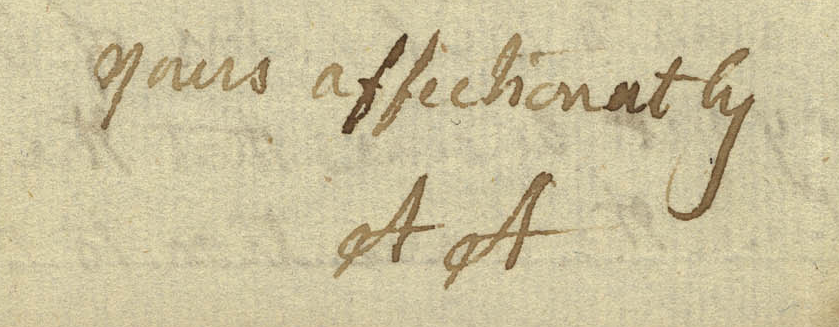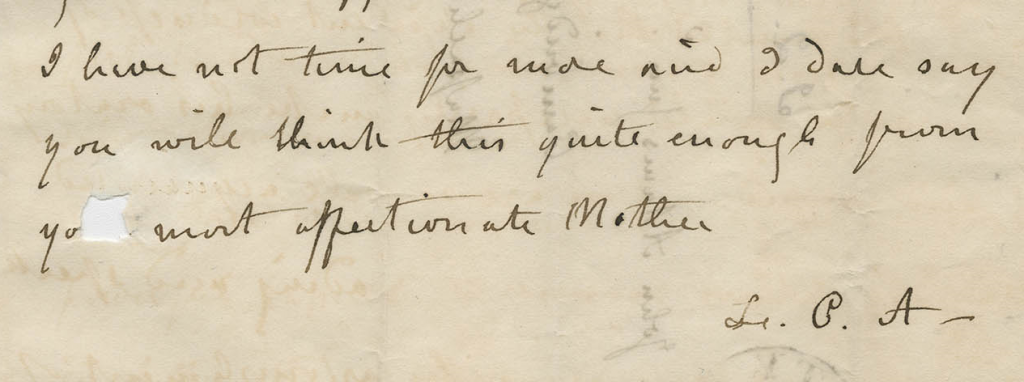By Caitlin Walker, Digital Archivist and Metadata Analyst
The MHS collects, preserves, and provides access to collections that document the history of Massachusetts and the nation up to the present day. Information is increasingly being created and communicated in a digital environment, which means many twentieth and twenty-first century collections include or consist entirely of digital files, such as PDFs and JPEGs.
MHS has been working toward preserving and providing access to this content for many years through countless meetings with staff from the Collection Services and IT departments. We are now happy to announce the official launch of the MHS Digital Archive!
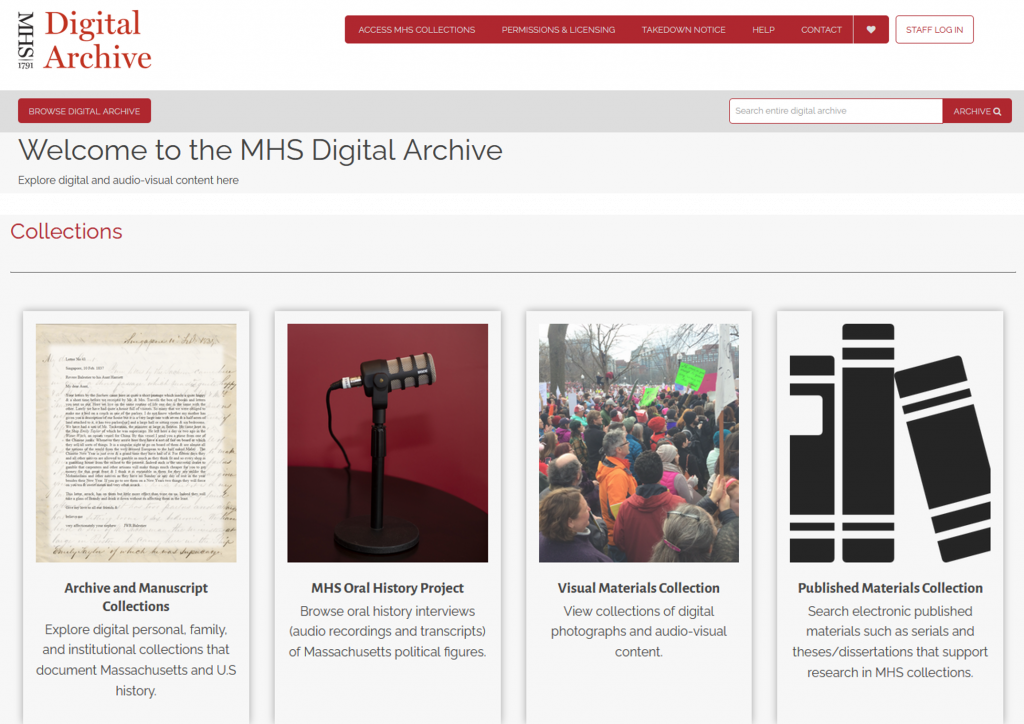
The MHS Digital Archive provides access to born-digital content and reformatted audiovisual files. We define these files as the following:
Born-digital is a term archivists use to describe content that was created in a digital environment. The emails you send and receive, the Microsoft Word documents you create and store on your computer or cloud storage like Google Drive, and the images and videos you take on your cellphone are all “born-digital.”
Reformatted-audiovisual items refer to physical audiovisual media (such as cassette tapes, VHS tapes, vinyl records, 16 mm film etc.) that have been converted to digital files, so users can access them without needing playback equipment such as a VCR or a record player.
How to access digital and audiovisual materials
If you have researched in MHS collections in the past, you may be familiar with using ABIGAIL, the MHS library catalog, and MHS Collection Guides to access physical materials in the MHS reading room. Or perhaps you have accessed physical items that MHS has digitized and made available on our website. We have added links to born-digital and audiovisual items within ABIGAIL and the collection guides so that users will be able to find content using the same tools, regardless of format.
Users can also access individual born-digital and reformatted audiovisual items by searching or browsing the MHS Digital Archive directly, but we encourage you to start your search with the MHS Collection Guides and ABIGAIL. I like to think of catalog records and collection guides like a recipe, and individual items (whether they be physical or digital) like an ingredient list. Without the context of the recipe, you just have a bunch of ingredients.
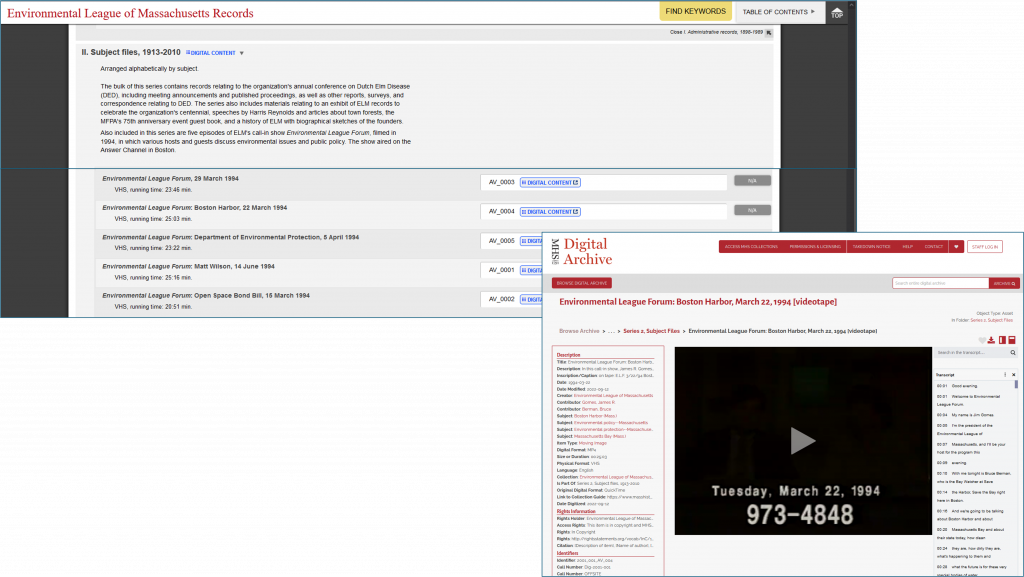
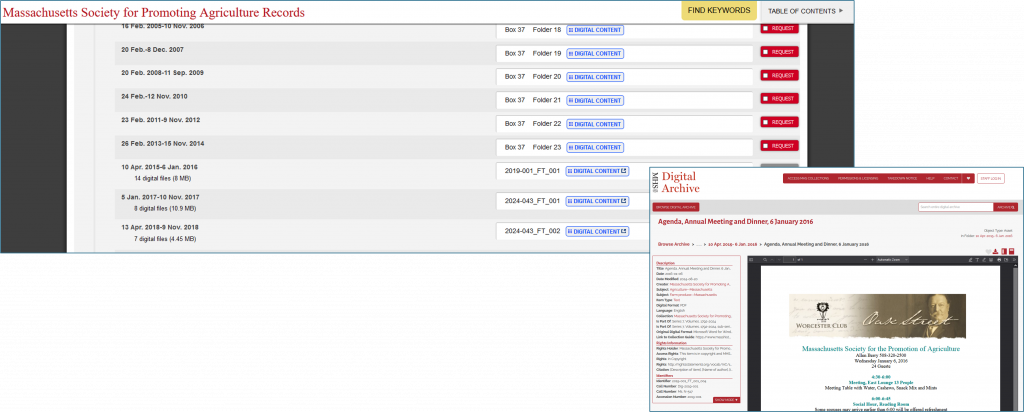
Please Note: Born-digital and audiovisual items that have no restrictions (not under copyright, contain no private or sensitive information) will be available online through the MHS Digital Archive. Restricted collections and items can only be viewed on a provided laptop in the MHS reading room upon request via Portal1791.
Stay tuned for blog posts next week that highlight some of the collections and items in the MHS Digital Archive!


